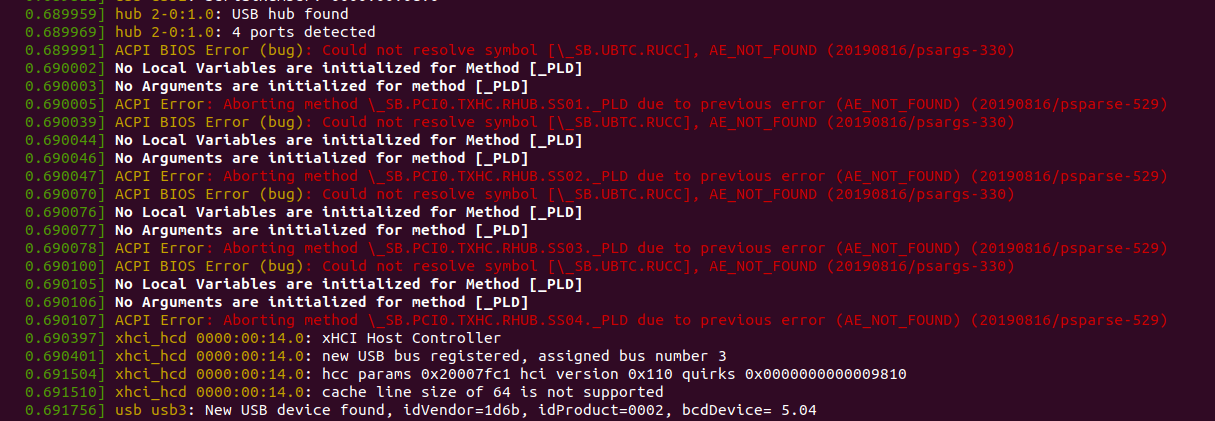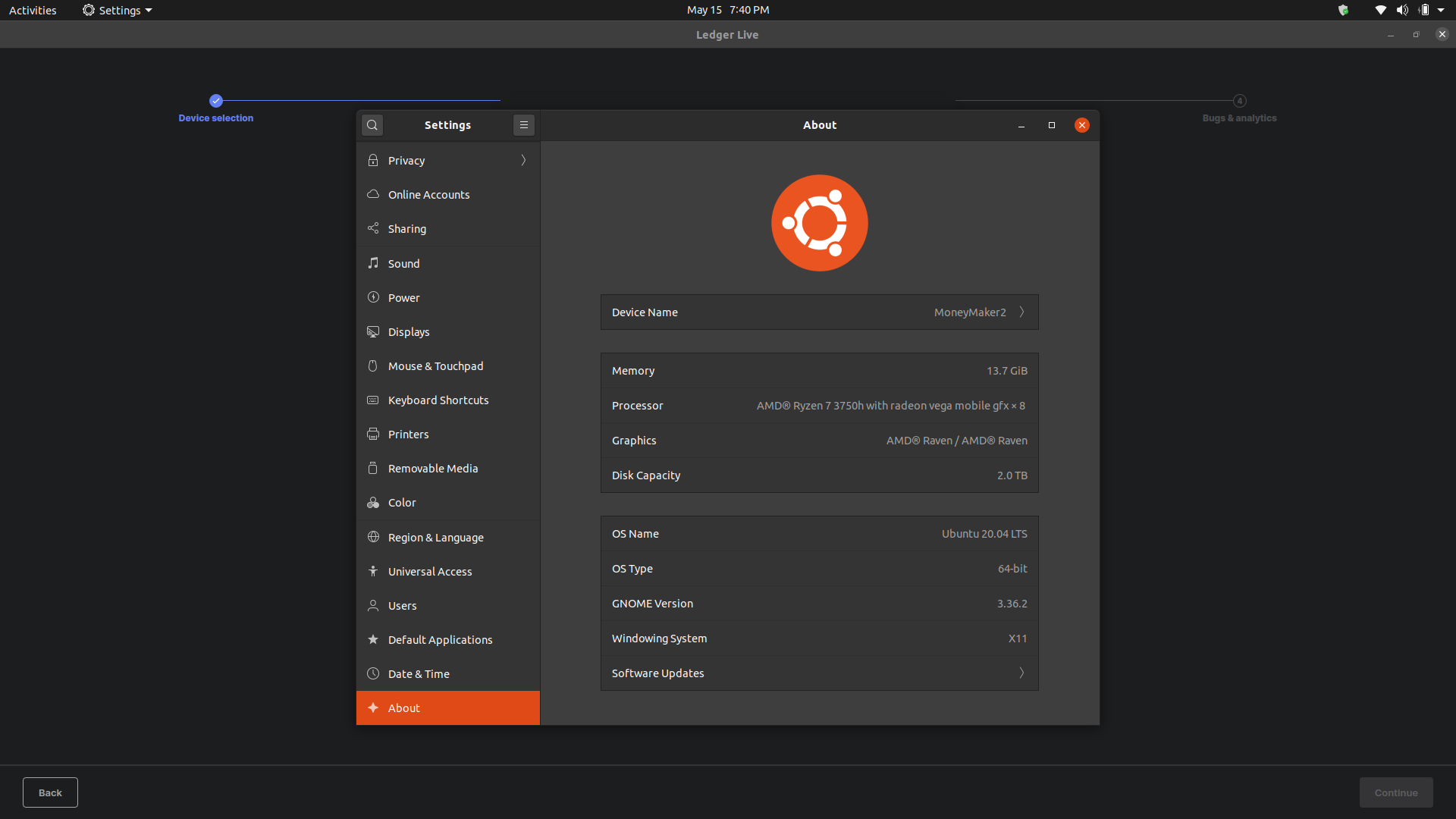

- #Ubuntu dmesh how to#
- #Ubuntu dmesh serial#
- #Ubuntu dmesh update#
- #Ubuntu dmesh driver#
- #Ubuntu dmesh code#
Test will pause booting until the pipe is cleared.) (NOTE In case of virtualization, he second VM used to fetch the kernel messagesįrom the VM under test must be started early too so that it begins clearing out theīuffered messages from the Windows pipe otherwise the VM under The right VM is used to access the console over virtual serial.
#Ubuntu dmesh serial#

We have two Ubuntu guest VMs on our Windows PC - one is the PC on which we test our kernel module and the other VM is used to fetch the kernel messages from the PC under test over a virtualized serial connection. Once that is done, use PuTTY and configure it to open a console over serial at 115200 8N1. If you are using laptops, you might need USB-to-Serial convertors.
#Ubuntu dmesh how to#
And we figured out how to do the same on our Ubuntu virtual machine.

We had worked on a few embedded ARM board (OLinuXino) and saw that kernel can be configured so that it spews kernel messages out of the serial port. The most useful information was the one given by the kernel messages which came up just before the hang. Secondly, we wanted a way of continuously buffering the kernel messages outside the virtual machine so that in case of a hang, we could sift through the messages and find the bug that caused it to crash.
#Ubuntu dmesh driver#
This setup of course would only suit you if you aren't working on developing driver for devices connected to your system bus - you will need a real physical PC running Linux exclusively for that.
#Ubuntu dmesh code#
And whatever few seconds were involved in reboot could be used to look through the code on the unaffected source editor which ran outside the testing machine. This made life easier because it decreased the time to reboot Ubuntu in case of a hang. We shared the source code folder with the Ubuntu virtual machine (VM). We use the "oh so awesome" SublimeText editor to edit the source code of the kernel module we are developing on the Windows PC. We use a Windows 7 PC (Linux can be used as well) to host Ubuntu as guest using VirtualBox. So to alleviate that issue, we did to things:įirst we started using virtualization.

This issue prevents the system from booting. When the TPM is disabled it will fail to find the TPM and this error message is displayed.
#Ubuntu dmesh update#
The cause of this issue is an Ubuntu update searching for a TPM chipset. This issue will occur on any version of Ubuntu. This error may occur on Dell systems with the Ubuntu operating system that received system updates after February 5, 2018. This article describes systems with the Ubuntu operating system failing to boot with the error: 'Something has gone seriously wrong: Invalid Parameter Shim was unable to measure state into the TPM'


 0 kommentar(er)
0 kommentar(er)
